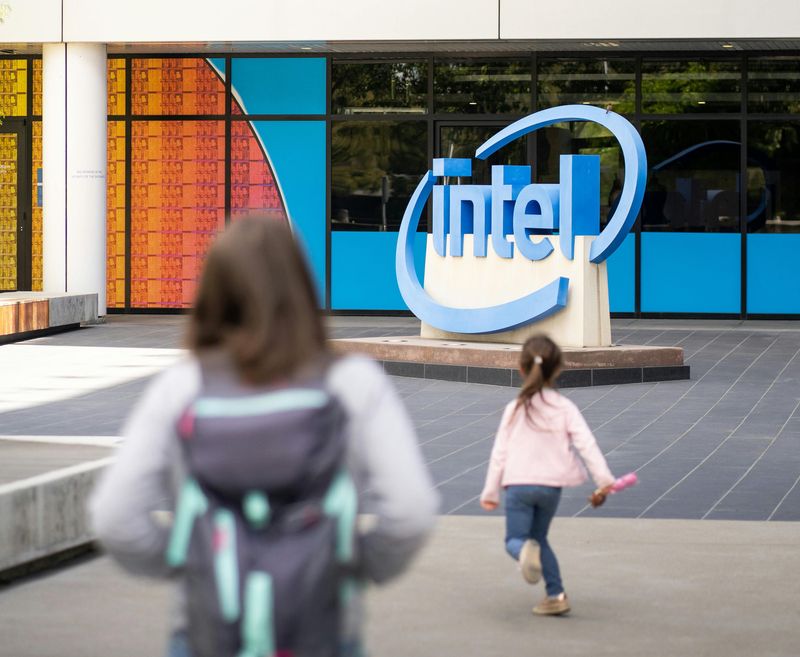
Intel's Q3 Financial Performance: A Solid Quarter Amid Challenges
Highlights
- Q3 revenue: $13.7B (+6% QoQ)
- Non-GAAP gross margin: 40% (+4 percentage points versus guidance)
- Operating cash flow: $2.5B, positive adjusted free cash flow: $900M
- Strategic cash inflows totaling $20B, with $5.7B from U.S. government
- Q3 earnings per share: $0.23 (above breakeven guidance)
- Intel products revenue: $12.7B (up 7% sequentially)
- CCG revenue: $8.5B (up 8% QoQ)
Intel Corporation delivered a robust financial performance in the third quarter of 2025, showcasing resilience amidst industry challenges. The company reported a Q3 revenue of $13.7 billion, marking a 6% sequential increase and surpassing their guidance range. This quarter marks a significant milestone as the fourth consecutive quarter where revenue exceeded guidance, fueled by the growing demand in core markets.
Intel's non-GAAP gross margin stood impressively at 40%, exceeding guidance by four percentage points. Driving these strong margins was a favorable mix and efficient cost management, despite volume increases from new products like Lunar Lake and Intel 18A. The company also achieved $0.23 in earnings per share, significantly above their breakeven estimate.
One of the pivotal highlights is Intel's strengthened balance sheet, with $20 billion in strategic cash inflows. This includes $5.7 billion from the U.S. government and contributions from SoftBank and others, bolstering Intel's cash and short-term investments, which now total $30.9 billion. This capital infusion provides Intel with the flexibility to reduce debt and fund strategic initiatives, positioning it well for ongoing investments in foundry and advanced packaging capabilities.
Segment results indicated strong performance, with Intel products revenue rising 7% sequentially to $12.7 billion. The Client Computing Group (CCG) saw an 8% increase from the previous quarter, driven by robust demand for AI-integrated PCs and a broader Windows 11 upgrade cycle. However, the capacity constraints, specifically on Intel 10 and 7, remain a challenge, affecting the ability to fully meet demand.
In summary, Intel's Q3 performance underscores its strategic turnaround progress, strengthening its balance sheet and positioning for growth in an AI-driven computing era. Investors can view Intel's results as a testament to its strategic efforts in reinforcing core businesses and expanding into growth areas like AI and foundry services.
